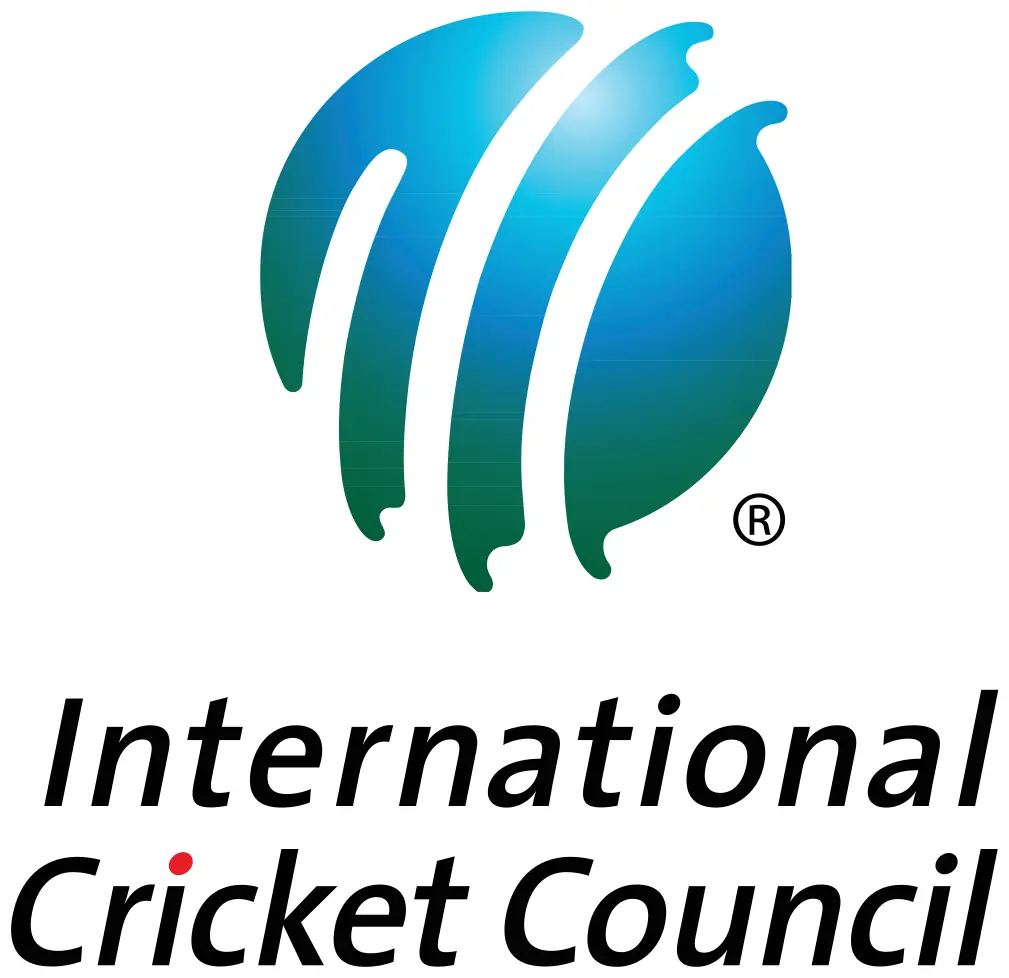What is Cereal?
Cereal is a term used to describe any grass species that produces edible grains, often used as a staple food. These grains can be used to make a variety of products such as bread, pasta, and of course, cereal. Cereal is usually consumed as a breakfast food and typically consists of processed grains that have been formed into flakes, puffs, or other shapes. It is often served with milk and sweeteners like sugar or honey. The popularity of cereal as a breakfast food has made it a multi-billion dollar industry.
Cereal has been consumed by humans for thousands of years and was initially eaten in its natural form, such as porridge or gruel. It was not until the mid-19th century that cereal began to be processed into more familiar forms. The introduction of steam-powered machinery allowed for large-scale production and mass distribution of cereal products. Over time, the variety of cereal products expanded, with manufacturers experimenting with different grains, flavors, and shapes.
Cereal is not only a breakfast food but also a cultural phenomenon. It is a food that transcends borders and is enjoyed by people of all ages and backgrounds. Cereal has become a part of many people's morning routines, with some brands becoming household names. Cereal has also been featured in popular culture, with characters such as Tony the Tiger and Snap, Crackle, and Pop becoming iconic figures. Cereal has even inspired art and fashion, with some designers using cereal boxes as inspiration for their designs.
Overall, cereal is a versatile and widely consumed food that has become a significant part of many people's lives. Its popularity has led to significant advancements in food processing and manufacturing, and it continues to evolve as new grains, flavors, and shapes are introduced.




